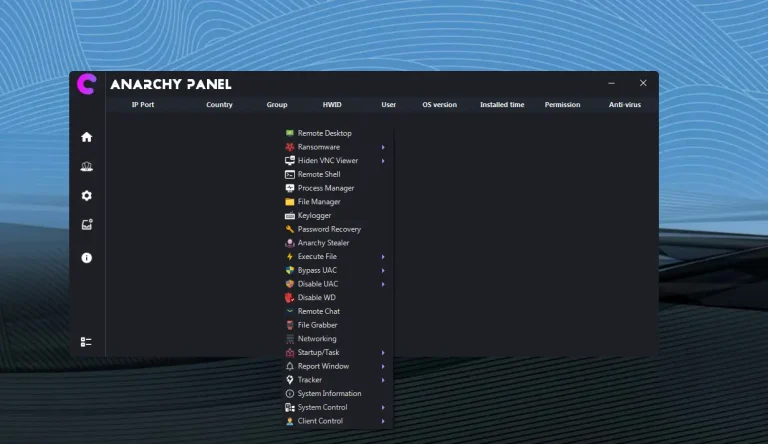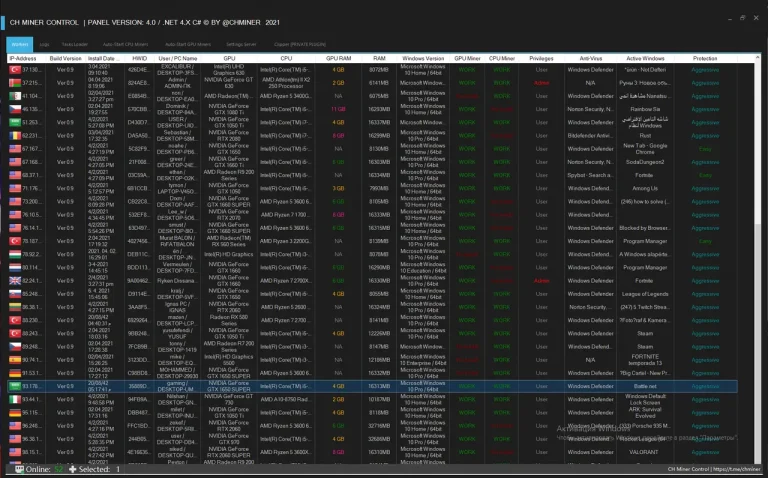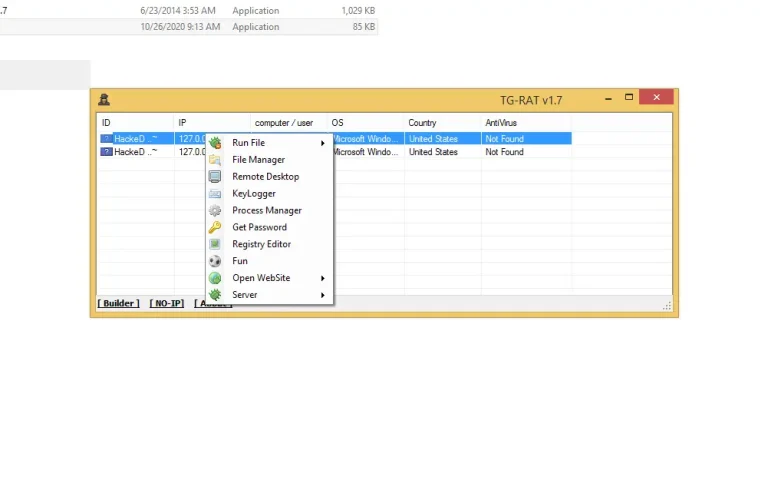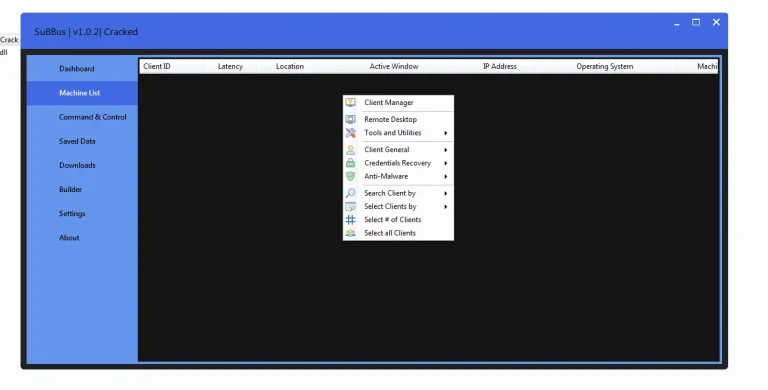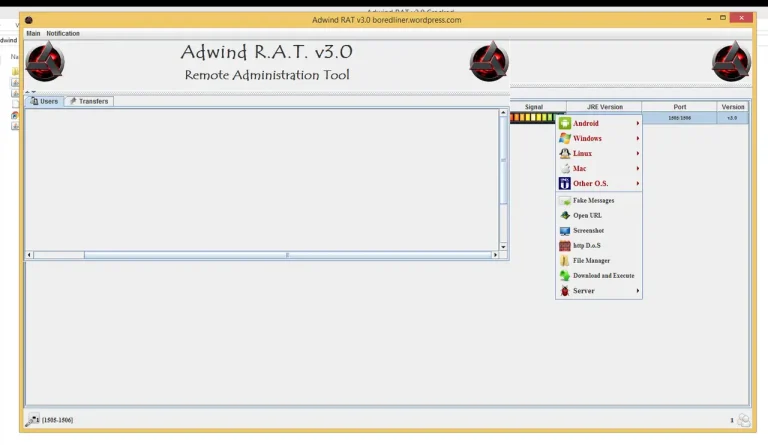Arsium Ransomware Builder 2025
Origins and Distribution
Arsium Ransomware emerged in early August 2019, announced by a user named “arsium” on the Nulled hacking forum. Unlike typical ransomware that spreads through phishing emails or malicious attachments, Arsium is a builder—a software tool designed to generate ransomware executables. It was offered for free on dark web forums, a move that lowered the barrier for aspiring cybercriminals. This accessibility raised alarms, as anyone with malicious intent could download the toolkit and create tailored ransomware without advanced technical skills.
The builder requires the .NET Framework 4.7.2 to operate and was initially limited to targeting files on the desktop. Its creator promised future updates to expand its reach to other directories, though the toolkit’s core functionality remained focused on desktop encryption. Arsium’s distribution through hacker forums like Nulled and BlackhatRussia, often accompanied by tutorials, made it a concerning tool for malware proliferation.
Functionality and Features
Arsium Ransomware Builder allows users to customize their ransomware with a variety of encryption algorithms, including AES, RC4, Blowfish, Rijndael, TripleDESCng, Twofish, and Polystairs. This flexibility enables attackers to select encryption methods that suit their goals, with some algorithms, like Blowfish, previously identified in other ransomware like Globe. Notably, Blowfish’s use in Arsium raised hopes for decryption, as it had been cracked in earlier threats.
Upon infection, the generated ransomware encrypts files on the victim’s desktop, appending extensions such as .0000, .0000.0000, or .0000.0000.0000. Unlike many ransomware strains, Arsium’s toolkit does not automatically create a ransom note, leaving attackers to manually craft instructions for victims. This limitation suggests the toolkit’s rudimentary design, though it still poses significant risks due to its encryption capabilities.
The ransomware also modifies system settings, adding registry keys, creating new processes, and potentially deleting Shadow Volume Copies to hinder file recovery. These changes ensure the malware’s persistence and complicate manual restoration efforts. While Arsium’s initial scope was limited to desktop files, its ability to operate offline—using a predefined encryption key—eliminates the need for constant internet connectivity, making it harder to trace.
Impact and Limitations
Arsium Ransomware’s impact stems from its potential to democratize ransomware creation. By providing a free, user-friendly builder, it enables novice cybercriminals to launch attacks, increasing the volume of ransomware threats. However, its limitations curb its immediate destructiveness. The toolkit’s focus on desktop files restricts its scope compared to ransomware that targets entire drives or networks. Additionally, the absence of an automated ransom note complicates communication with victims, potentially reducing the likelihood of successful extortion.
Despite these constraints, Arsium’s availability on hacker forums raises the risk of more skilled attackers enhancing its code. Experts warn that in the hands of experienced cybercriminals, Arsium could be modified to target broader directories or incorporate advanced evasion techniques, amplifying its threat. The toolkit’s use of Blowfish encryption offers a silver lining, as publicly available decryption tools may recover files encrypted by some Arsium variants, though success is not guaranteed.
Broader Context: The Ransomware Ecosystem
Arsium Ransomware highlights the growing sophistication of the ransomware ecosystem, where tools like builders lower the entry barrier for cyberattacks. Its emergence in 2019 coincided with a surge in ransomware activity, including variants like Sodinokibi and STOP DJvu, underscoring the persistent threat. The free distribution of such tools on forums like Nulled reflects a trend where cybercriminals share resources to maximize disruption.
However, Arsium’s limited functionality and reliance on less robust encryption like Blowfish suggest it is more of a proof-of-concept than a polished threat. Its existence serves as a warning: as ransomware builders evolve, they could empower more destructive attacks. Organizations must prioritize cybersecurity hygiene, while law enforcement faces the challenge of tracking anonymous forum users who distribute these tools.
What’s new in this version ?
Encryptions methods:
8 powerful methods with their options :
-AES
-RC4
-Polystairs
-Blowfish
-Rijndael
-TripleDESCng
-Twofish
-and another AES (NEEDS DLL) with more options
Conclusion
Arsium Ransomware, as a builder rather than a traditional infection, represents a dangerous evolution in cybercrime. By enabling anyone to create custom ransomware, it amplifies the potential for widespread harm, even with its current limitations. While its focus on desktop files and lack of an automated ransom note reduce its immediate impact, the toolkit’s availability on hacker forums poses a long-term threat. Businesses and individuals must adopt robust cybersecurity practices—regular backups, antivirus protection, and user awareness—to mitigate the risks. As ransomware tools like Arsium proliferate, staying vigilant and prepared is the best defense against this ever-evolving menace.


